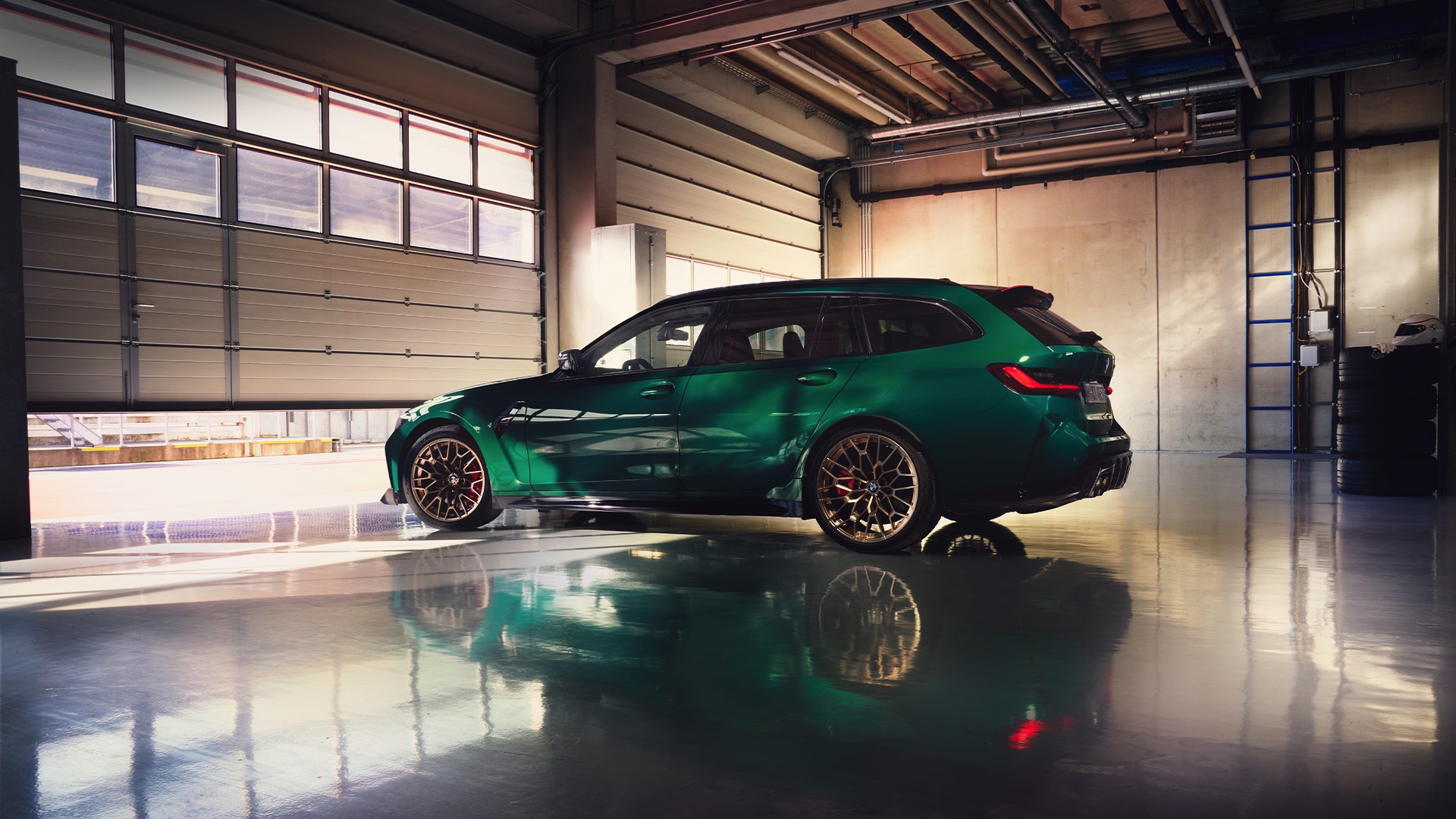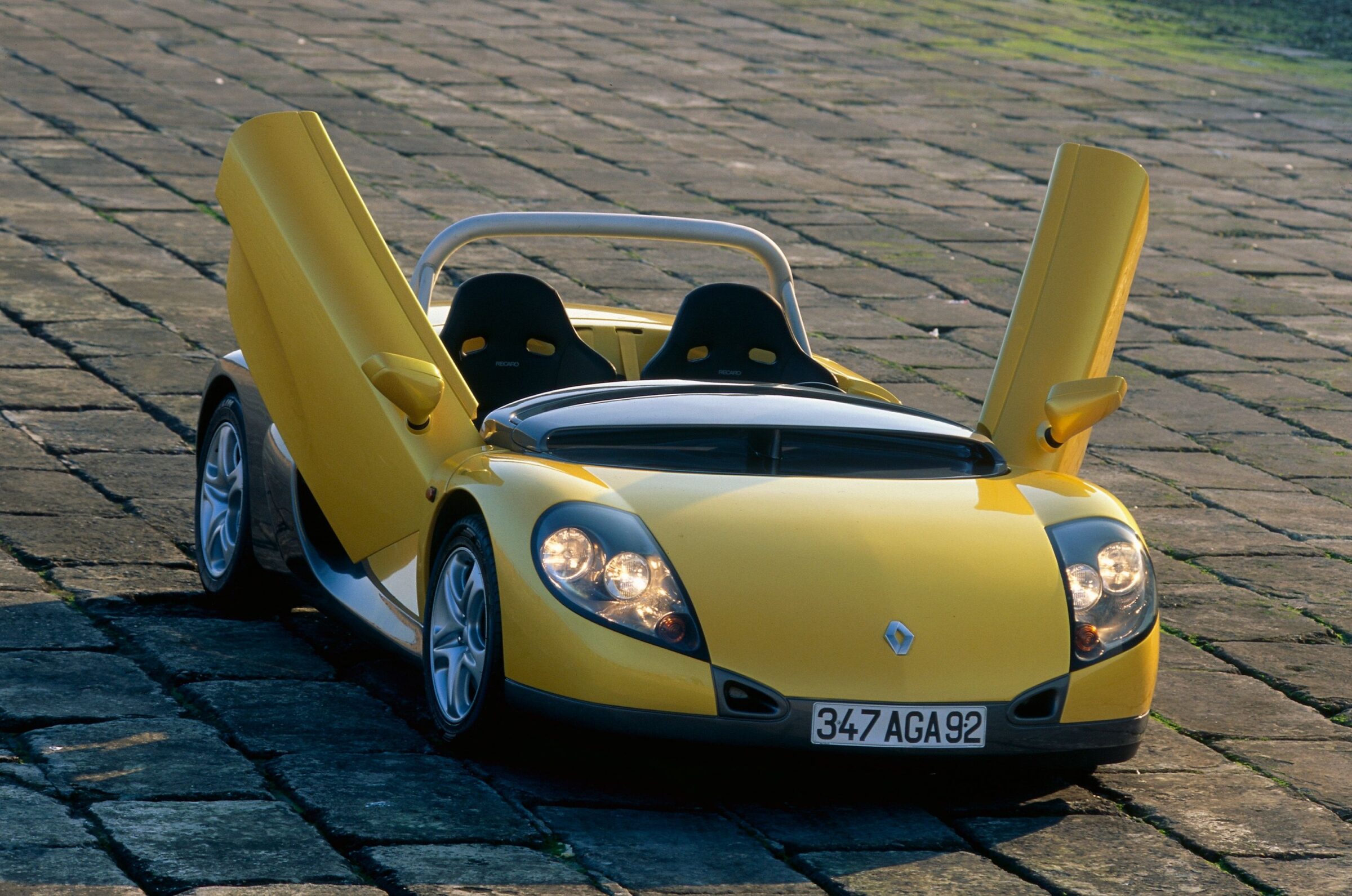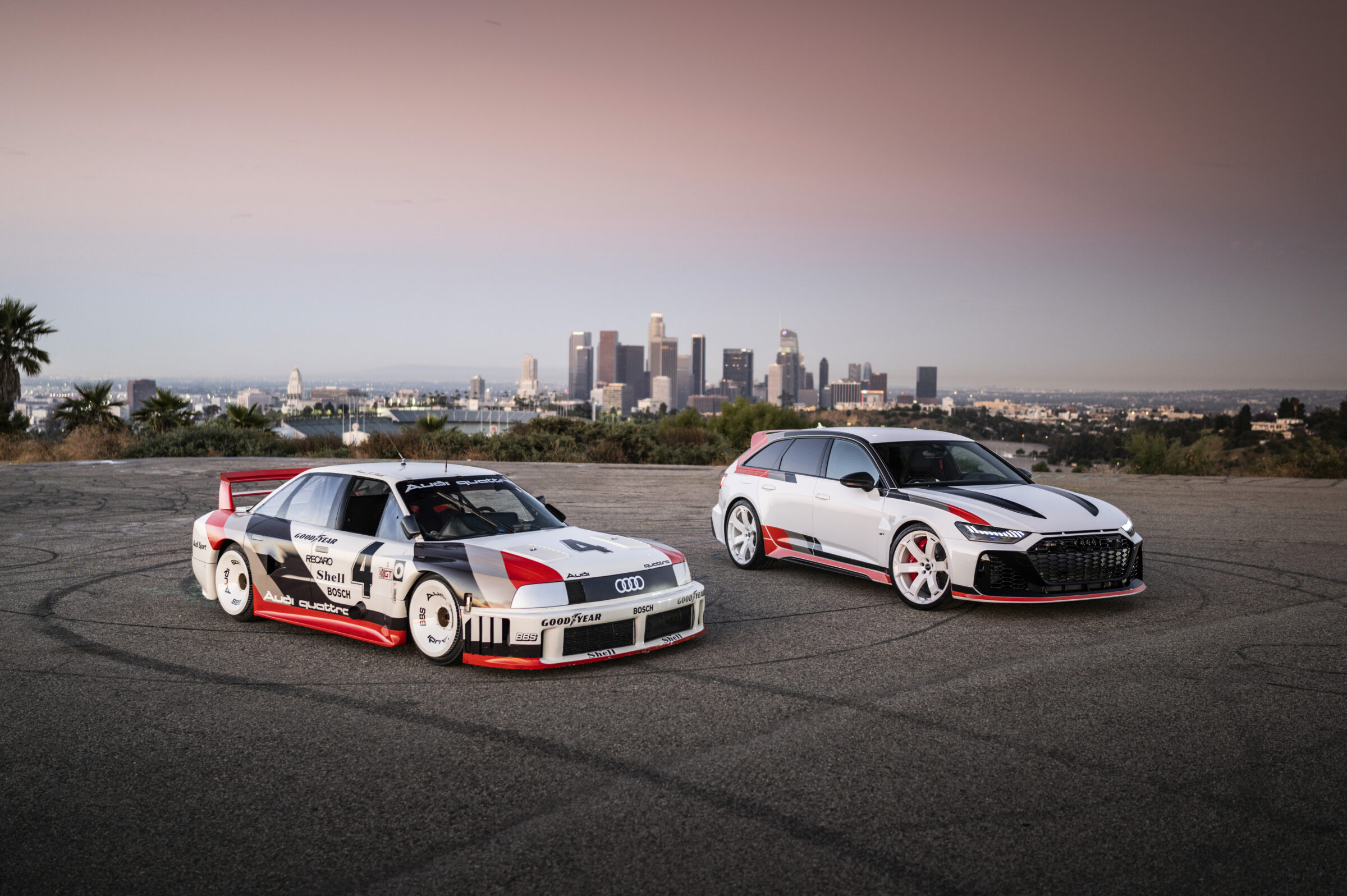Ferrari P80/C
Normally, the Special Projects department (SP) at Ferrari only creates street-legal one-off cars for absolute VIP customers. In rare cases, also a second copy has been built for the same owner. Since 2015, however, the work has been on the most time-consuming and tedious one-off in the company’s history. As a basis, they chose the 488 GT3, which isn’t only already designed for racetrack performance, but also has a 50-millimeter longer wheelbase compared to the normal 488 GTB. This allowed the designers to visually move the cockpit further forward (so-called cab-forward design).
This was also a wish of the future owner, who commissioned the P80/C baptized racecar at Ferrari. He specifically wanted a modern interpretation of the legendary racing cars 330 P3/P4 and Dino 206 S. For this purpose, the in-house design department under Flavio Manzoni worked hand in hand with the aerodynamic and engineering department. Apart from the optical quotes, the new car uses the most modern knowledge. After the first design sketches were formed into clay models and discussed with the customer, they went into the wind tunnel to achieve the best possible result in terms of air resistance and downforce.
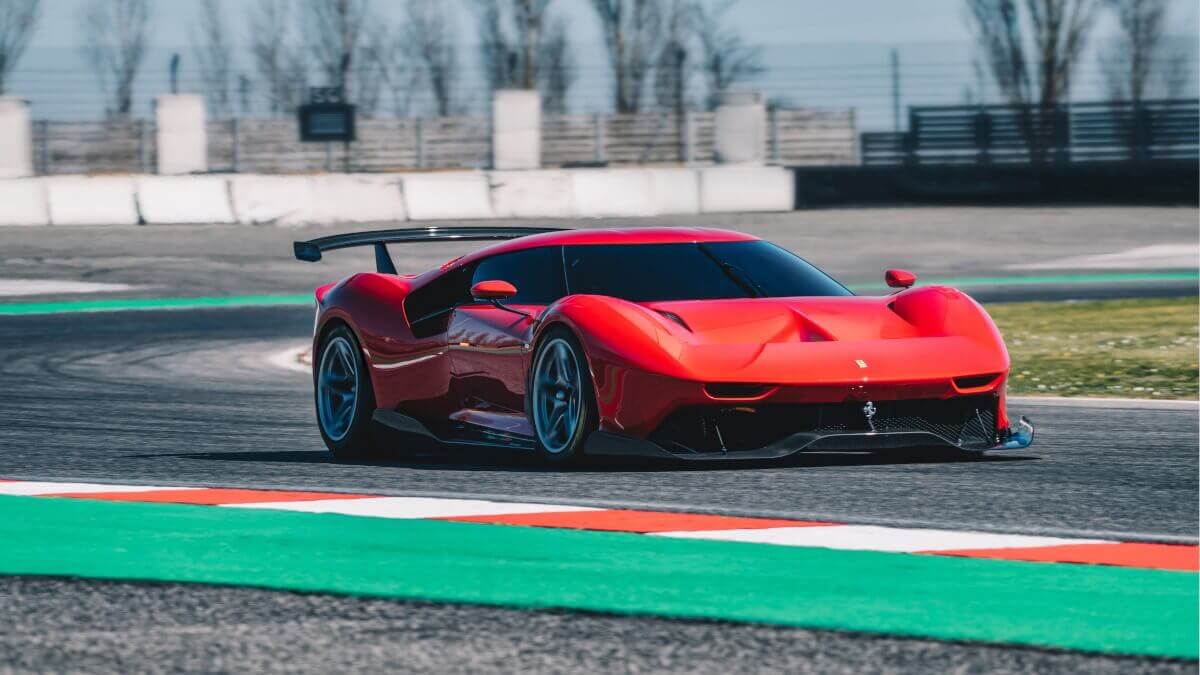











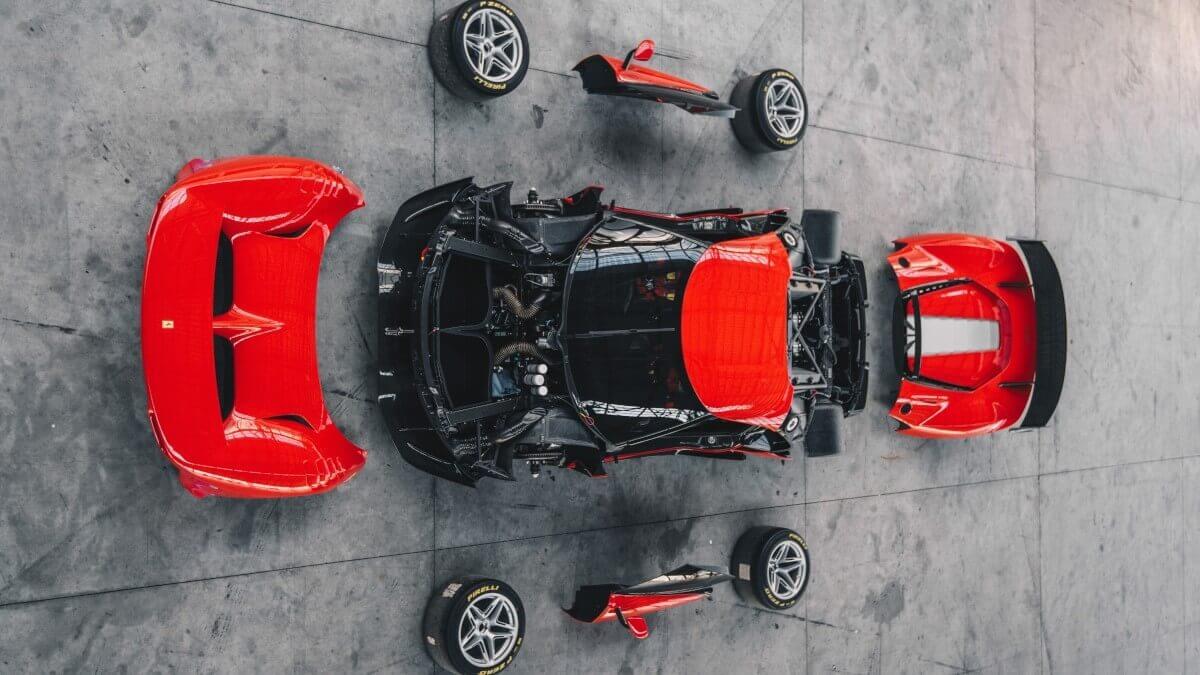

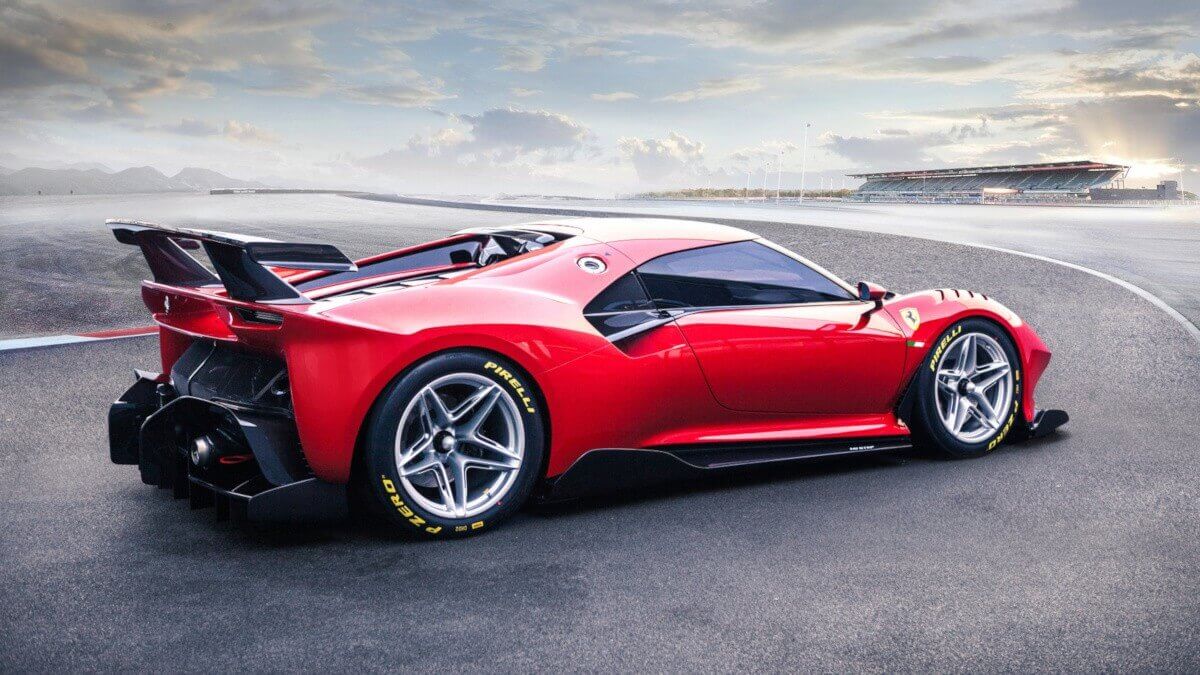















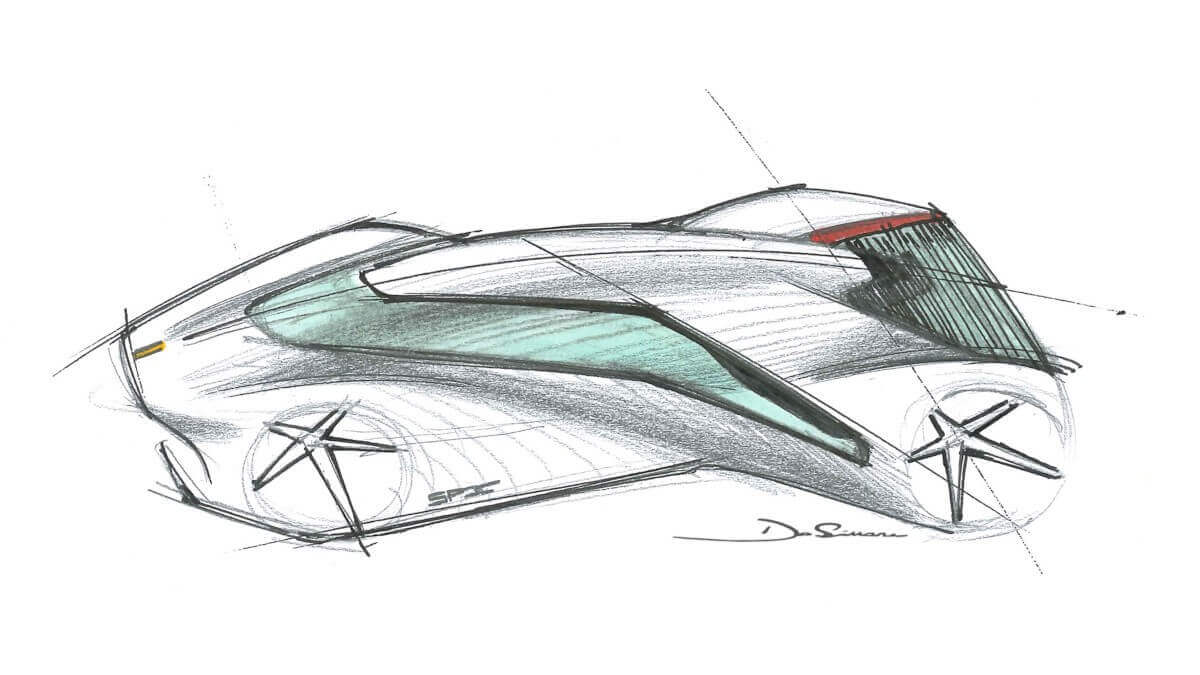



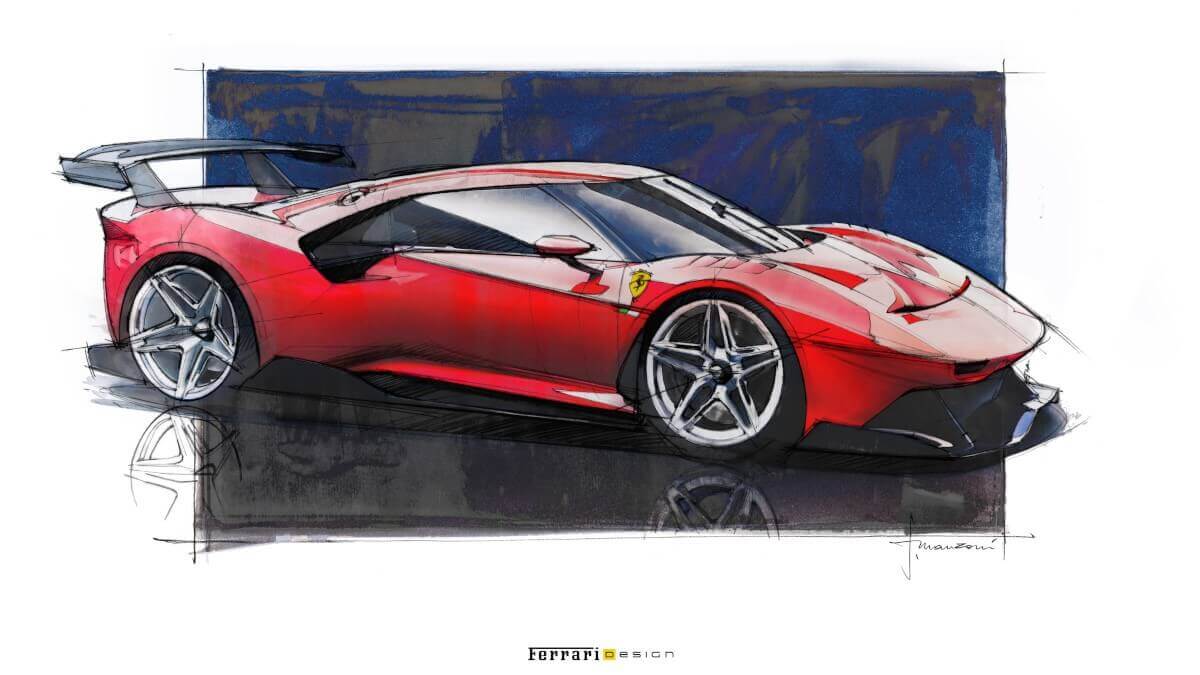

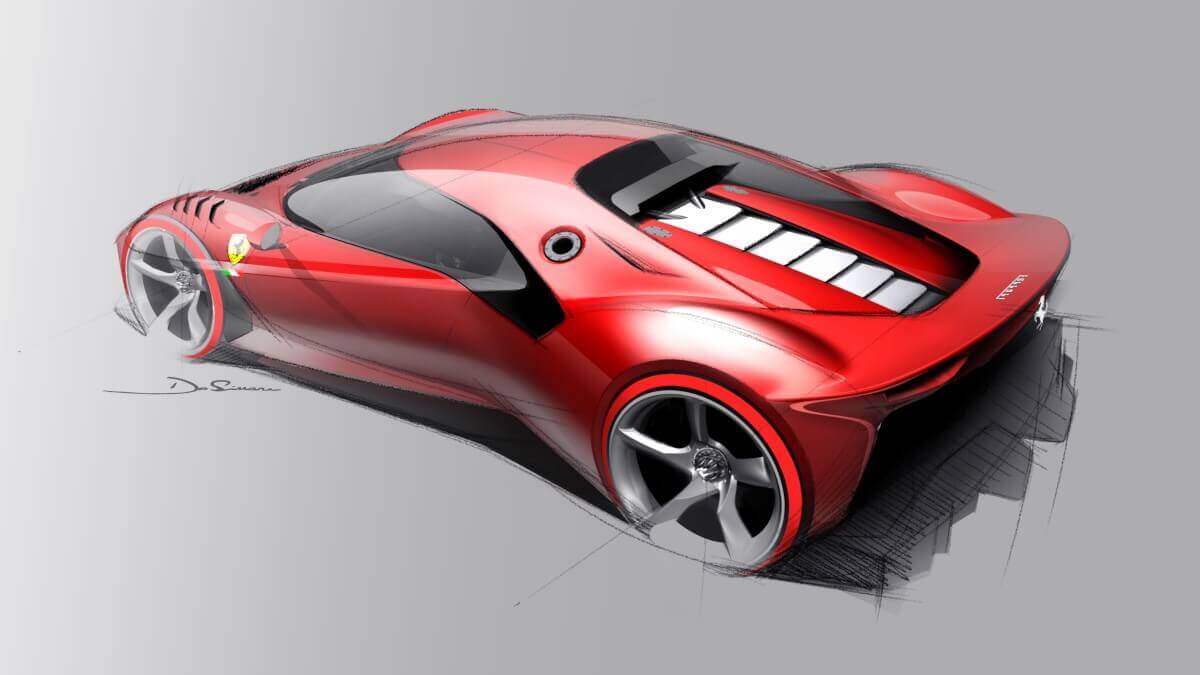

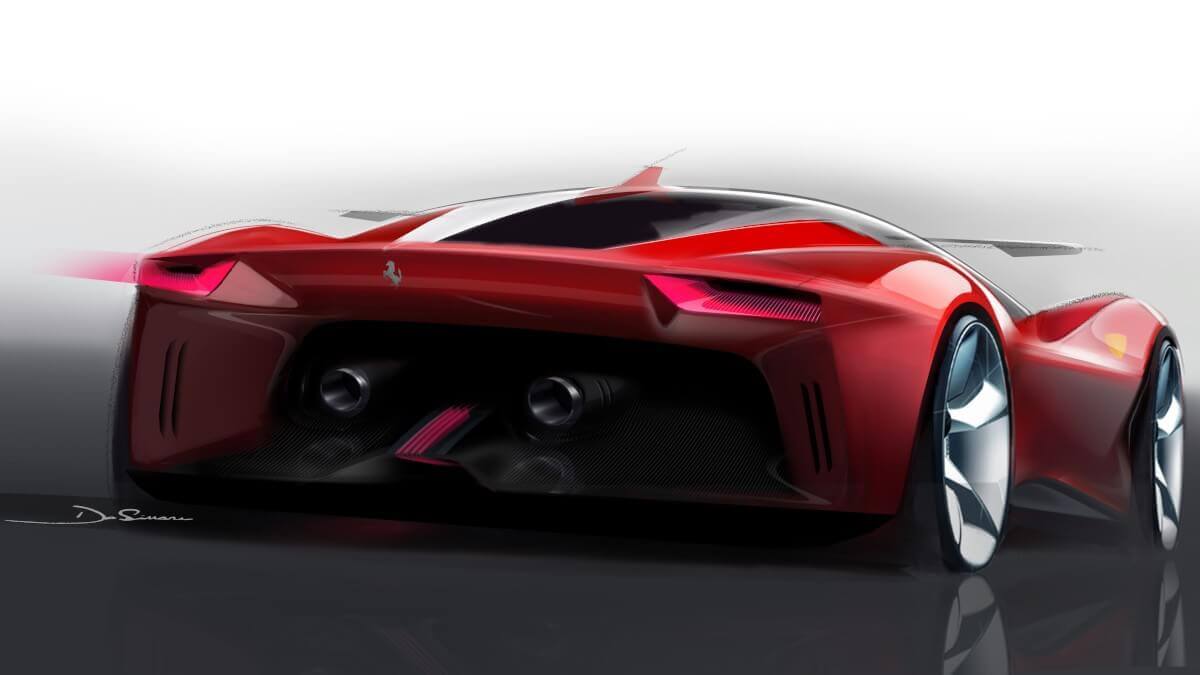

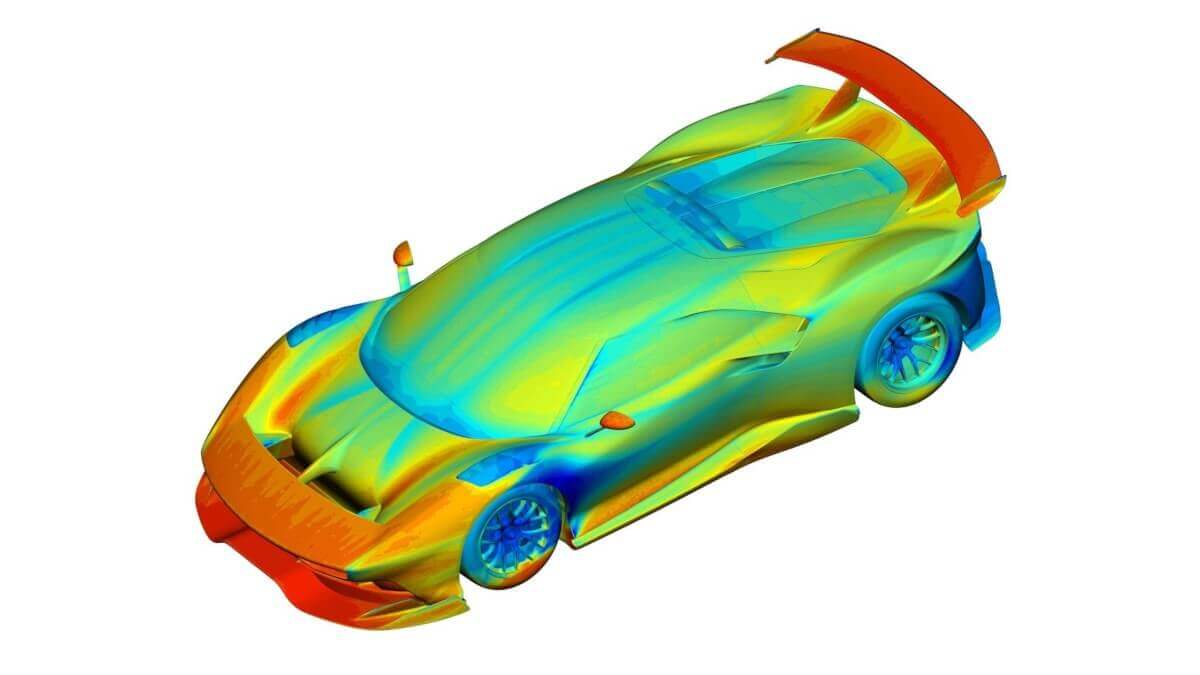





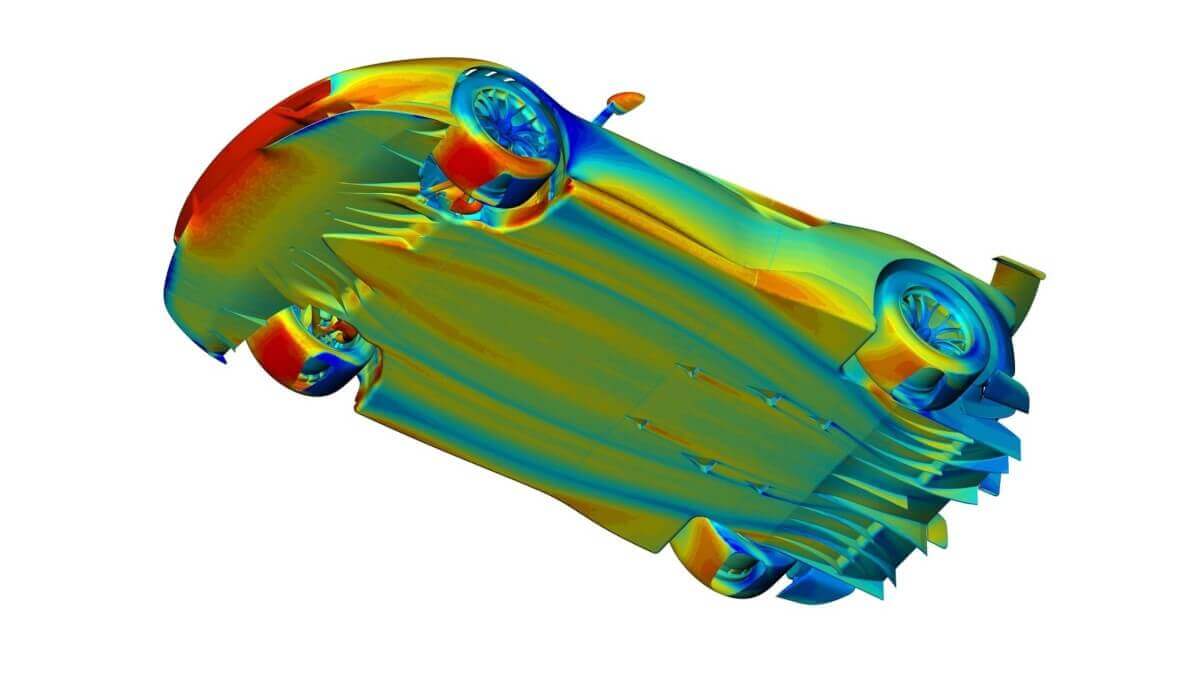

The windscreen, which curves around the cockpit, merges with the side windows, which in turn are placed above a black pocket under the C-pillars, where the air inlets for the eight-cylinder turbo engine are located. The C-pillars themselves are detached from the bodywork as on the current Ford GT. While the base vehicle has to be constantly adapted to new rules and regulations of the motorsports authorities, the P80/C is allowed to breathe freely and otherwise could be designed according to the wishes of its new owner from Hong Kong. So they created a new front splitter and modified the design of the rear diffuser, but maintained the vortex generators and the expansion curve. Behind the passenger compartment sits a vertical rear window, a flat hood and a T-wing, inspired by the 2017 Ferrari F1 car. Overall, the aerodynamic efficiency increased by about five percent compared to the 488 GT3.
At the request of the VIP customer, the race setup of the car with its 18-inch slick tires can be reduced for exhibitions, then using 21-inch wheels. While the entire body is made from carbon fiber, only a few functional parts are left in bare carbon, while the rest is painted in ‘Rosso Vero’. Inside, Ferrari uses the components of the 488 GT3 with integrated rollcage, but newly upholstered seats, dashboard and door cards.
Images: Ferrari


